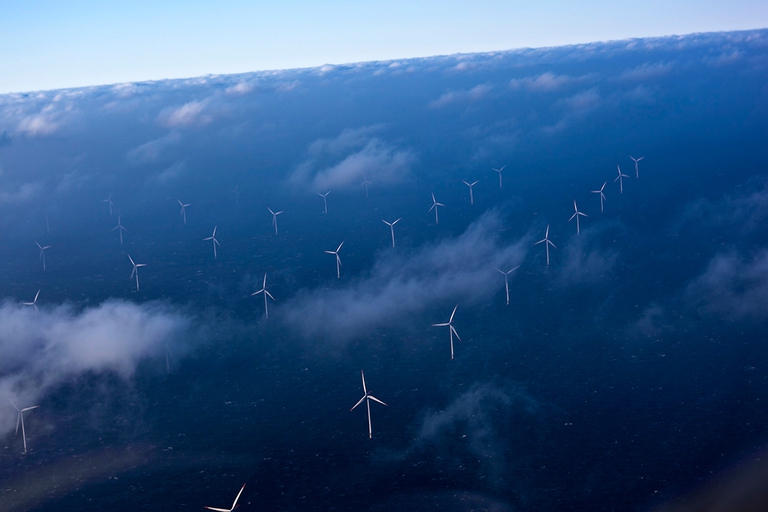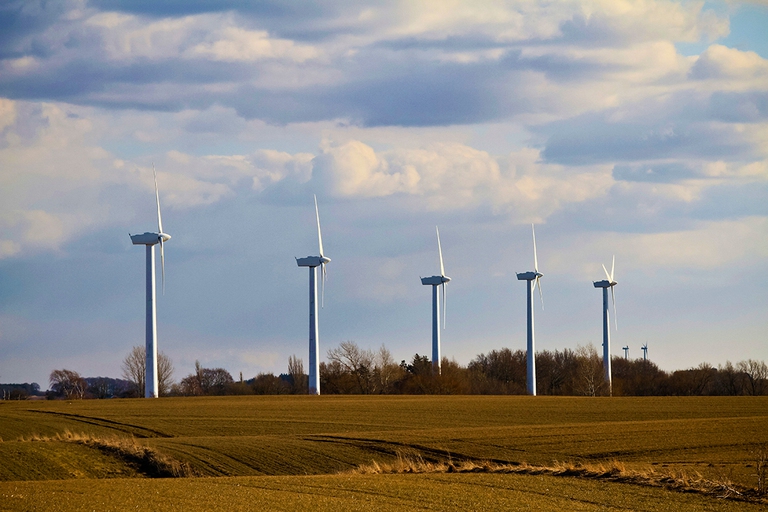
A group of experts in Tokyo suggested pouring radioactive water from Fukushima into the open sea. A marine biochemist explains the consequences of this absurd decision.
It breaks one record after another. Denmark already tops any rank dedicated to sustainability, both environmental and social. But it doesn’t settle and, year after year, it does more to try to be an example and – most of all – a stimulus to other countries. In 2015, the renewable energy produced from wind set
It breaks one record after another. Denmark already tops any rank dedicated to sustainability, both environmental and social. But it doesn’t settle and, year after year, it does more to try to be an example and – most of all – a stimulus to other countries. In 2015, the renewable energy produced from wind set a new record by covering 42.1% of the northern European country’s energy needs.
The news was released on Friday 15 January and the figure breaks the previous record, i.e. 39.1% in 2014. The Danish turbines in the western regions alone generated enough electricity to “light up” 1,460 hours out of 8,760, according to Energinet’s spokesman Carsten Vittrup.
“It’s not unusual that we have hours where the wind production is greater than the actual consumption. But in the western part of the country, it has sometimes been 16% more,” said Vittrup.
During such peaks, wind energy was exported to Norway, Sweden and Germany, while Denmark bought hydropower from Norway and solar power from Germany, when the electricity production wasn’t enough. This is part of a perfect, democratic, boundless production scheme. This is the smart grid.
In a historical period focused on circular economy, energy efficiency and saving, cooperation between countries is crucial to continue developing a system based on clean energy, a system that doesn’t emit greenhouse gases into the atmosphere and doesn’t exploit fossil fuels: a 100% renewable system. Figures confirm it. While in 2005 wind energy covered 18.7% of the world’s electricity consumption, in 2012 it reached 30%.
Siamo anche su WhatsApp. Segui il canale ufficiale LifeGate per restare aggiornata, aggiornato sulle ultime notizie e sulle nostre attività.
![]()
Quest'opera è distribuita con Licenza Creative Commons Attribuzione - Non commerciale - Non opere derivate 4.0 Internazionale.
A group of experts in Tokyo suggested pouring radioactive water from Fukushima into the open sea. A marine biochemist explains the consequences of this absurd decision.
A federal court in Washington, D.C. has struck down the Dakota Access Pipeline, following years of campaigning by the Standing Rock Sioux tribe.
The Scottish island of Eigg is self-sufficient for its energy needs, relying almost entirely on renewable sources, especially thanks to a coordinated community effort.
President Magufuli in unmovable in going ahead with the Stiegler’s Gorge dam despite conservationists’ warnings of the damage it will cause the Selous Game Reserve’s ecosystem and wildlife.
A large dam along the Luangwa River in Zambia would have posed a serious risk to local people and wildlife, leading hundreds of thousands to oppose it. A call to which the government responded by halting plans to build it.
The first one megawatt solar power plant in the Chernobyl exclusion zone has become operational. This is the first step in a renewable energy development project promoted by the Ukrainian government in the area.
A tanker exploded at a gas and petrol station in Nigeria’s Nasarawa state on the 10th of September, killing 35 people and leaving some burned beyond recognition; 3 citizens had several spine and brain injuries, 2 of them are still on Intesive Care Units. Fela Habila , a local singer, is now stable and out of danger but
The largest tidal power plant in the world will be built in the Larantuka Straits. It will serve 100,000 people and help overcome some of the challenges of energy provision in Indonesia.
Robben Island’s solar energy micro-grid project will produce almost one million kilowatt hours of electricity annually, significantly reducing the cost and impact of buying diesel.









